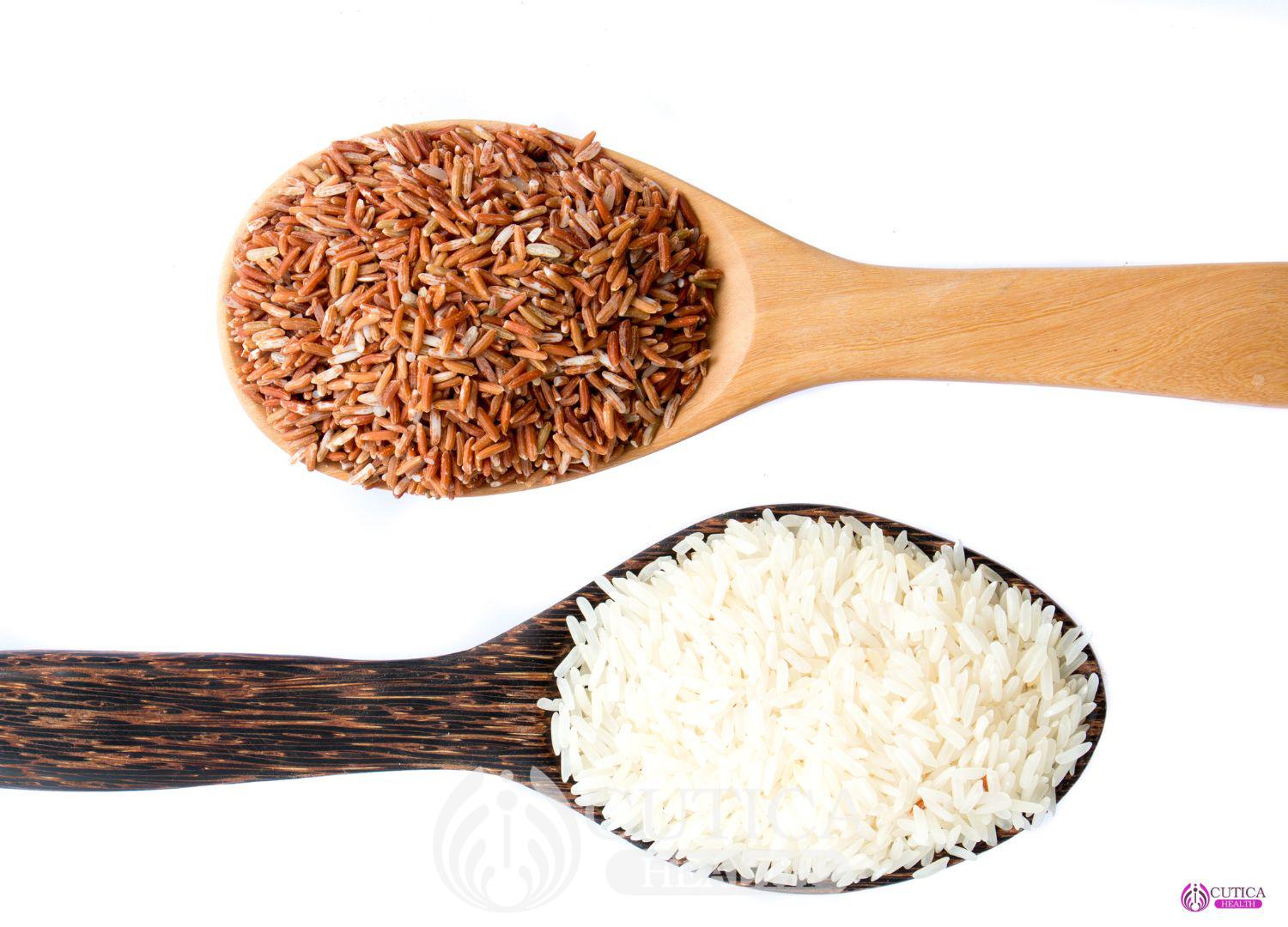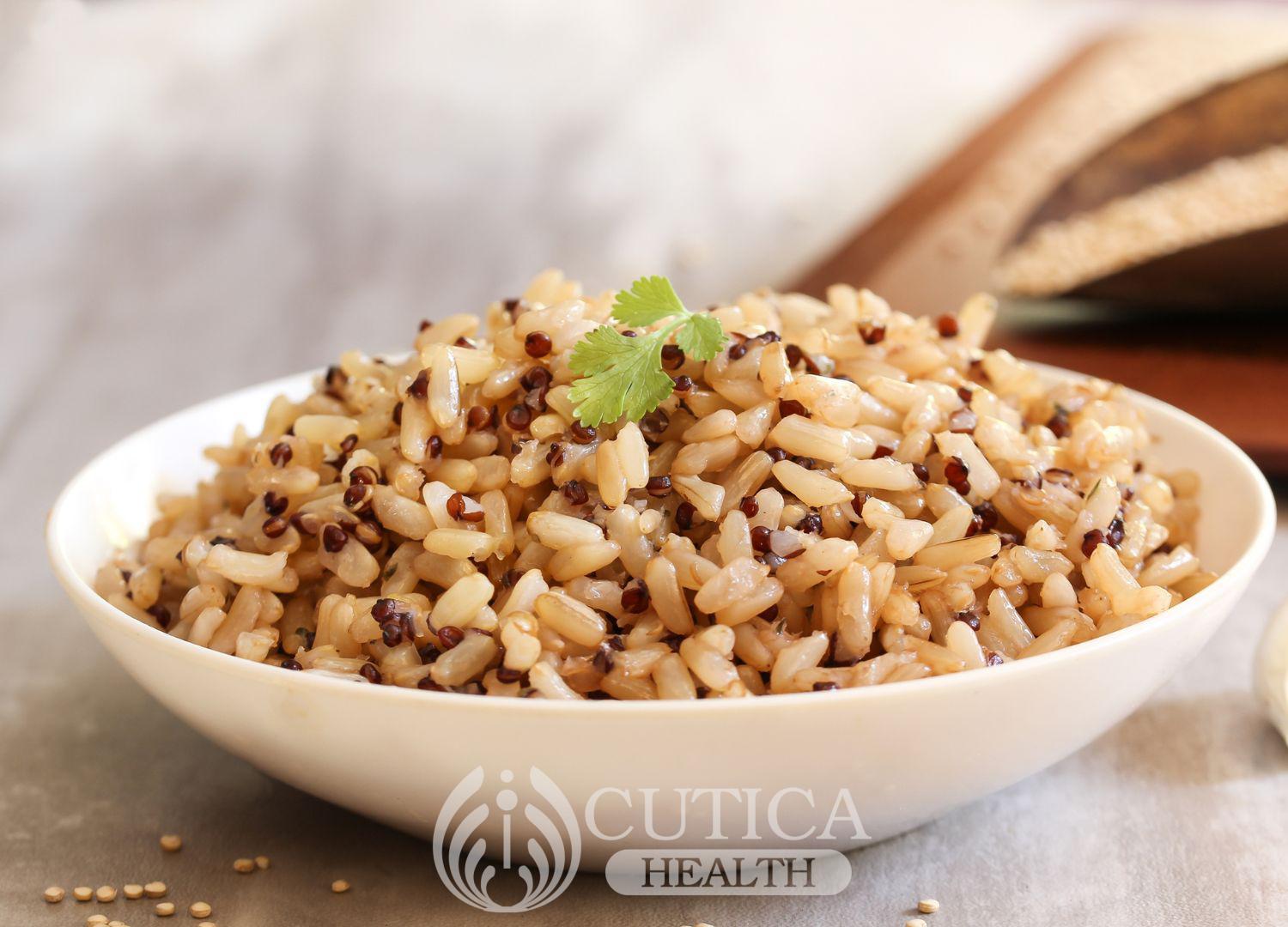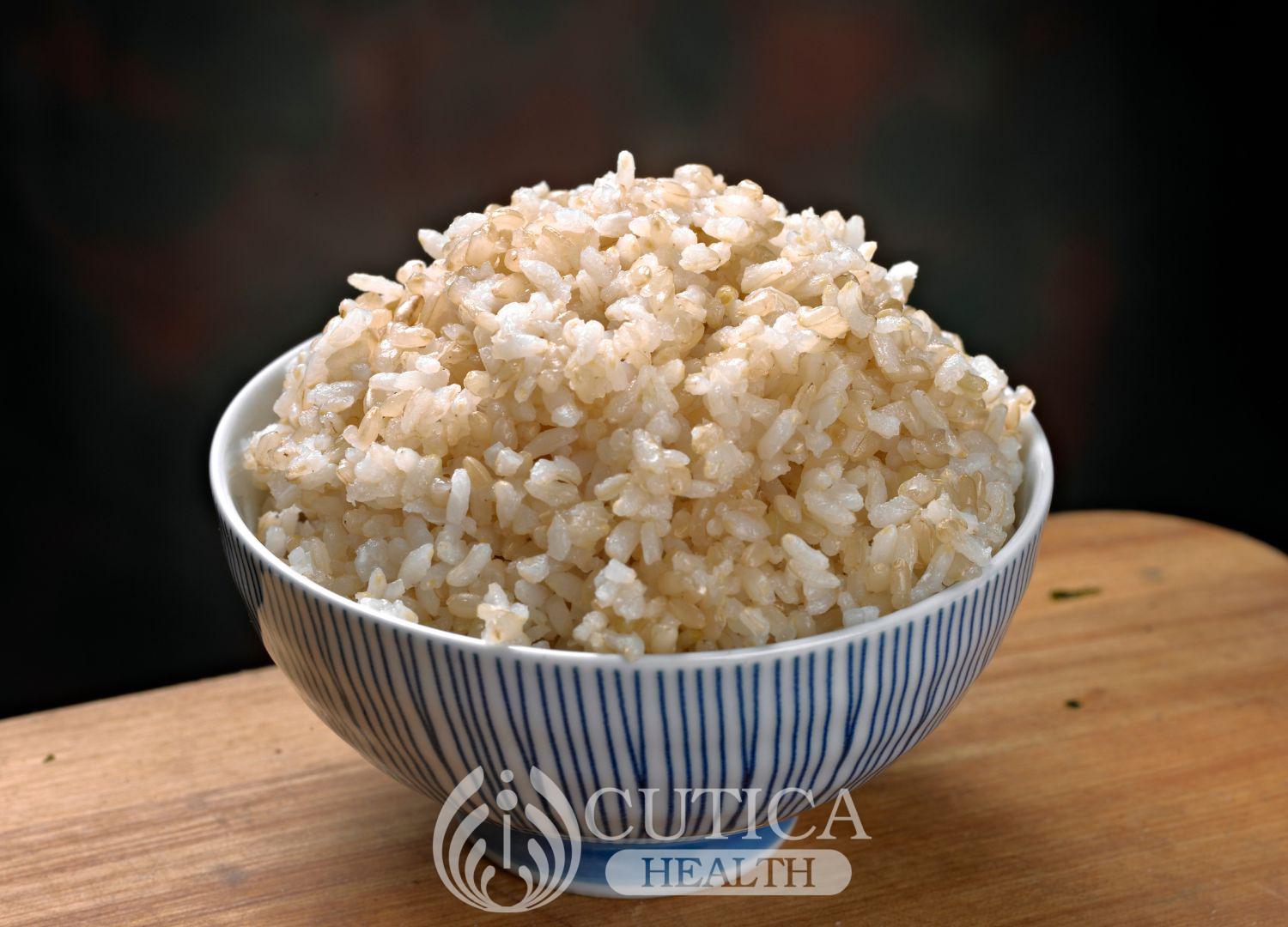
When it comes to choosing between brown rice and white rice, understanding the nutritional differences and health benefits can help you make an informed decision for your diet. We will explore the key distinctions between these two types of rice, their nutritional profiles, and how they impact your health.
What is Brown Rice?
Brown rice is a whole grain that retains its bran and germ, which are removed during the milling process of white rice. This means brown rice maintains more of its natural nutrients, making it a healthier option for many people.
What is White Rice?
White rice, on the other hand, undergoes milling that removes the bran and germ layers, leaving only the starchy endosperm. This process gives white rice a longer shelf life and a softer texture but also strips away many nutrients.

Nutritional Differences Between Brown Rice and White Rice
1. Fiber Content
Brown Rice: High in fiber, with about 3.5 grams per cup. The fiber aids in digestion, helps maintain a healthy weight, and reduces the risk of chronic diseases.
White Rice: Low in fiber, with about 0.6 grams per cup. The milling process removes most of the fiber content.
2. Vitamins and Minerals
Brown Rice: Rich in vitamins and minerals, including magnesium, phosphorus, selenium, thiamine, niacin, and vitamin B6. It also contains antioxidants.
White Rice: Many nutrients are lost during processing, but some types are enriched with added vitamins like iron and B vitamins to compensate for the loss.
3. Glycemic Index
Brown Rice: Has a lower glycemic index (GI) of around 50, meaning it causes a slower, more gradual increase in blood sugar levels.
White Rice: Higher glycemic index of around 72, which can cause quicker spikes in blood sugar levels.
4. Caloric Content
Brown Rice: Slightly higher in calories, with about 218 calories per cooked cup.
White Rice: Contains about 204 calories per cooked cup. The calorie difference is minimal, but the nutrient density is significantly different.
5. Fat Content
Brown Rice: Contains slightly more fat, primarily healthy fats, with about 1.62 grams per cup.
White Rice: Lower in fat, with about 0.44 grams per cup.
Health Benefits of Brown Rice
1. Heart Health
Fiber: The high fiber content in brown rice helps reduce cholesterol levels, lowering the risk of heart disease.
Magnesium: Essential for maintaining a healthy heart rhythm and preventing cardiovascular disease.
2. Weight Management
Satiety: The fiber in brown rice promotes a feeling of fullness, helping to control appetite and support weight loss efforts.
Slow Digestion: Lower glycemic index helps regulate blood sugar levels, preventing insulin spikes that can lead to weight gain.
3. Digestive Health
Digestive Aid: Fiber aids in digestion and prevents constipation, promoting overall digestive health.
4. Diabetes Management
Blood Sugar Control: Lower GI helps manage blood sugar levels more effectively, making it a better choice for people with diabetes.

Health Benefits of White Rice
1. Quick Energy Source
Easily Digestible: White rice is a quick source of energy due to its high carbohydrate content and low fiber, making it suitable for athletes and those needing quick energy replenishment.
2. Dietary Versatility
Culinary Use: Its soft texture and mild flavor make white rice a versatile ingredient in many dishes, from sushi to rice pudding.
3. Enrichment
Nutrient Fortification: Enriched white rice can be a source of important nutrients like iron and folic acid, beneficial for individuals with specific dietary needs.
Conclusion: Which is Healthier?
Both brown rice and white rice have their place in a balanced diet, but brown rice generally offers more health benefits due to its higher fiber content, richer nutrient profile, and lower glycemic index. For those looking to manage their weight, support heart health, and maintain steady blood sugar levels, brown rice is often the superior choice. However, white rice can still be part of a healthy diet, particularly when enriched and consumed in moderation.
By understanding the nutritional differences between brown rice and white rice, you can make more informed choices that align with your health goals and dietary preferences.












